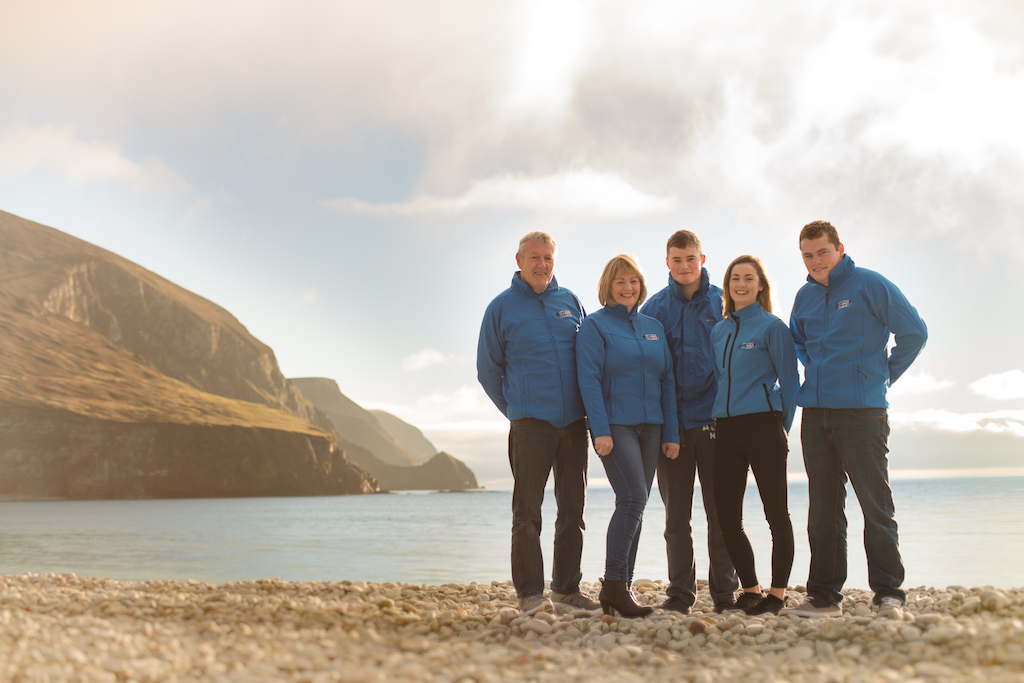Slack, a workplace collaboration tool used by millions of people worldwide, is one of the fastest growing tech firms in history. Stephen Conmy met with Cal Henderson, Slack’s co-founder and CTO to discuss how Slack was born and his ambition to end the role of emails in work projects.
If your ambition is to overtake email as the preferred communications ‘weapon of choice’ for teams in the work-place, people tend to listen. Investors tend to listen.
Who doesn’t hate email? Who doesn’t hate office managers who rule by email even more? Email is clumsy, it’s one-way, it can lead to ‘bad boss’ behaviour, it has no collaborative nuances. In essence, it is out-dated and outmoded.
Slack, however, is a collaboration tool that is astoundingly appealing. “Since its launch a few years ago it has amassed eight million daily active users,” says Henderson. As a tool for large organisations, it also has over 70,000 teams paying to use the service from over 65% of the top 100 Fortune companies. Not bad for a piece of technology that was created out of necessity and then became the world’s most famous accidental business.
In typical tech parlance, Slack describes itself as “a place where teams connect”. In practice, it’s an operating system that connects teams and people with real-time messaging, tools and services.
In the video below, Henderson describes how Slack was ‘born’.
As a business, Slack has big ambitions. Its new ‘Shared Channels’ service allows different companies to work and collaborate with each other. “By 2025, Slack believes that Channels will replace email as the primary way that people communicate and collaborate at work,” says Henderson.
The enemies of email wait with bated breath.
A substantial arsenal to expand
Slack employs close to 800 people in seven different cities worldwide, one of them being Dublin. The firm opened its Dublin office in 2015 and employs over 60 people and says it wants to expand its Irish team to about 180 and that Ireland is a key launchpad for its ambitions to expand globally.
Money doesn’t seem to be a problem either for this plucky ‘startup’. It has annual recurring revenues of $200 million and has a cash trove of over $610 million which it raised from investors.


